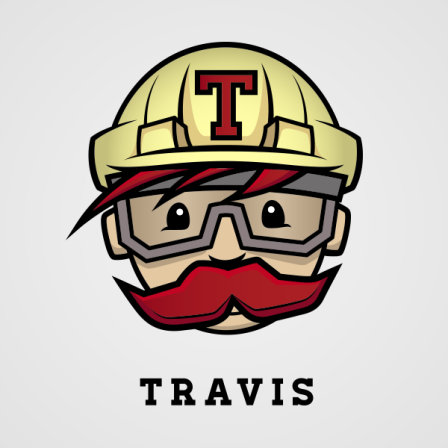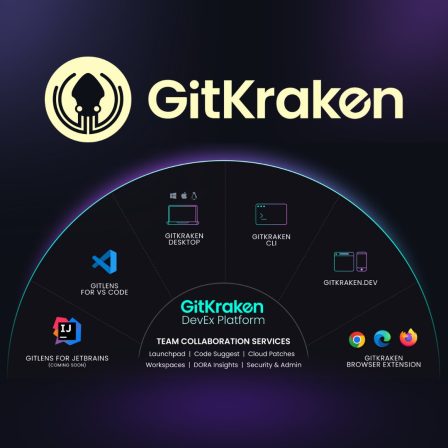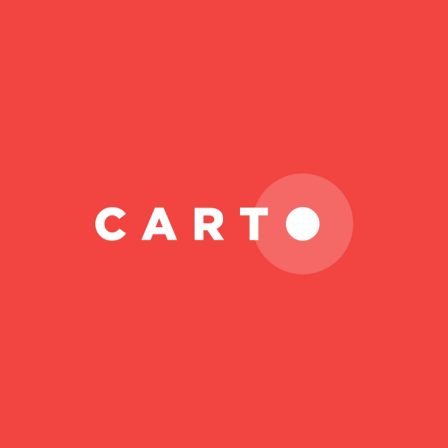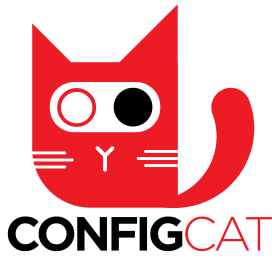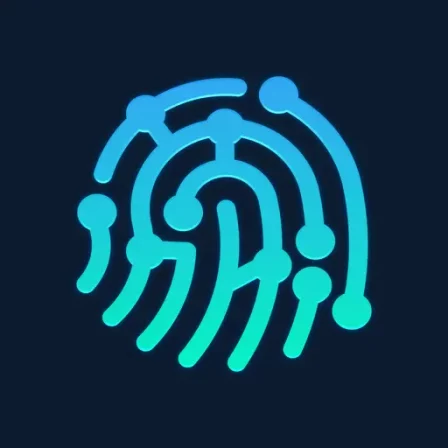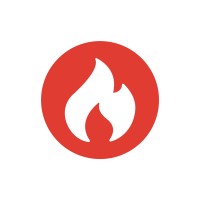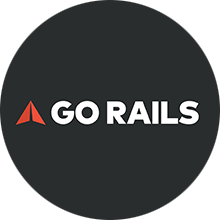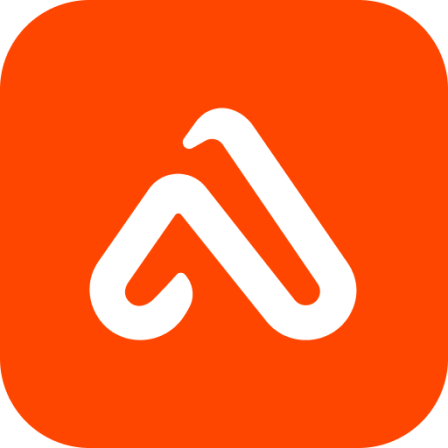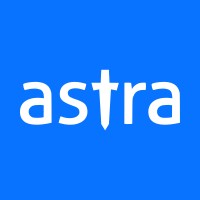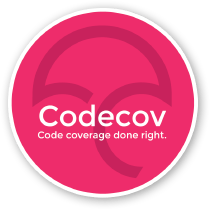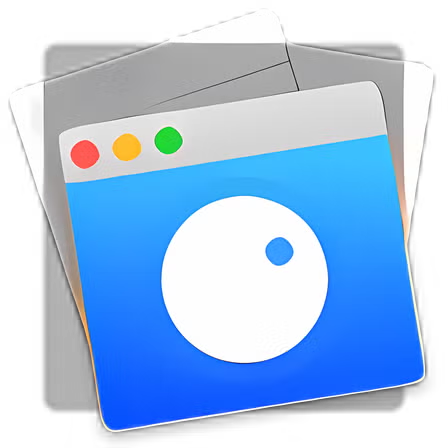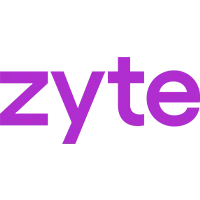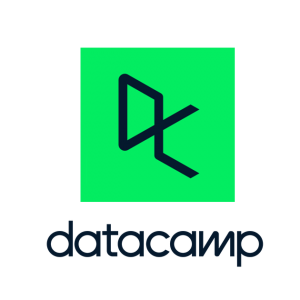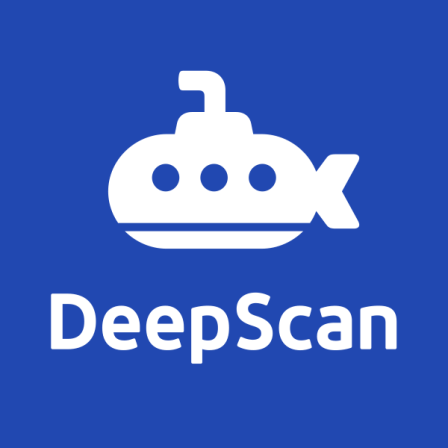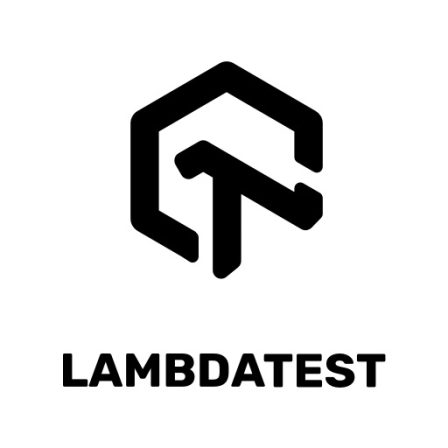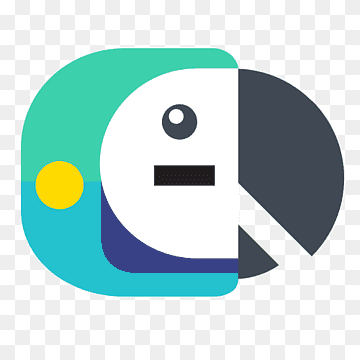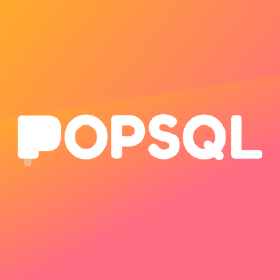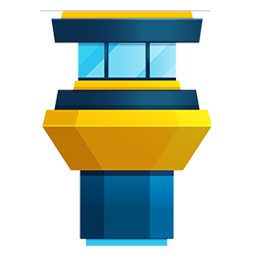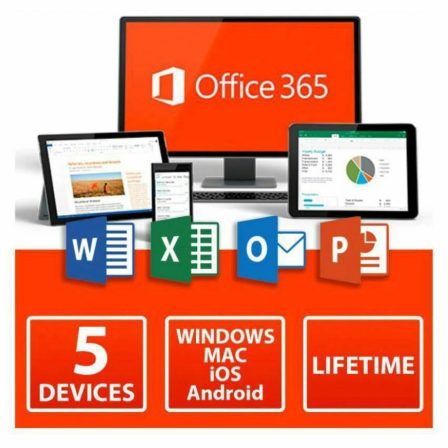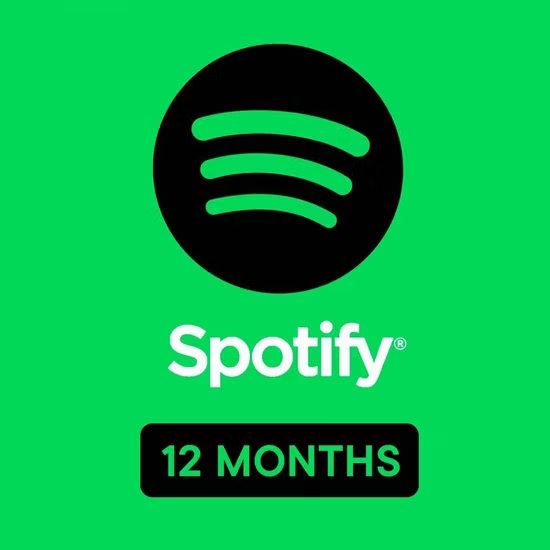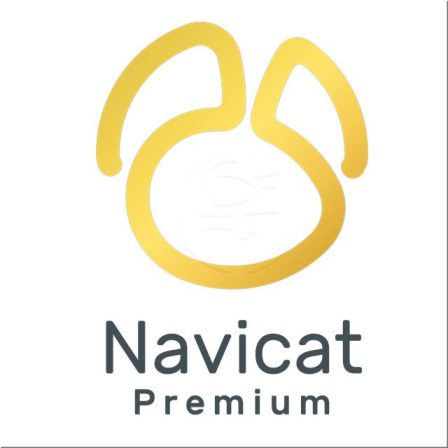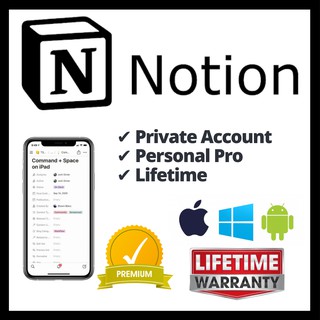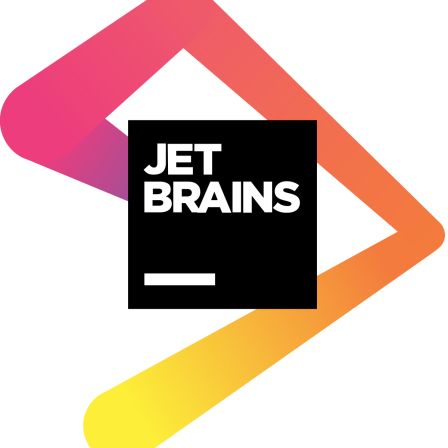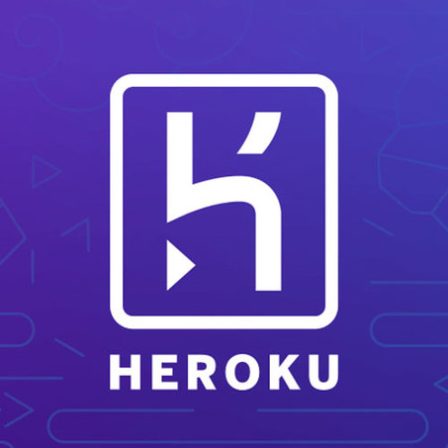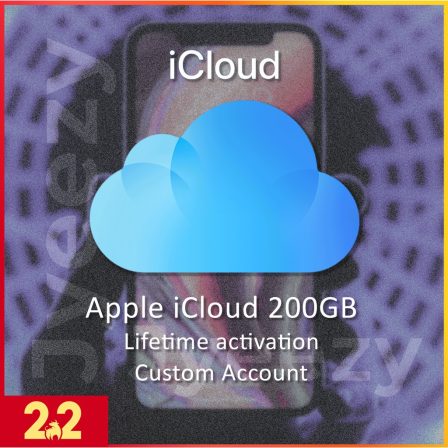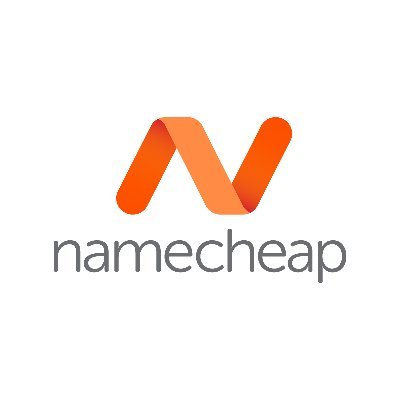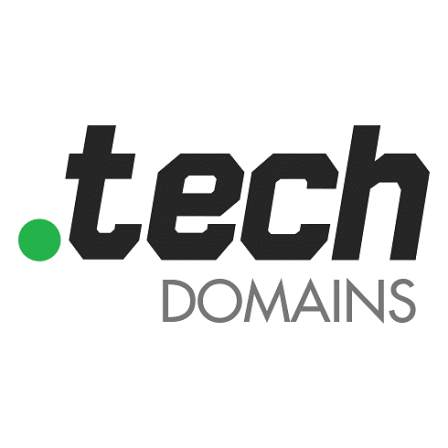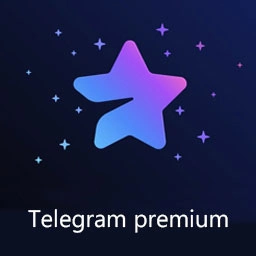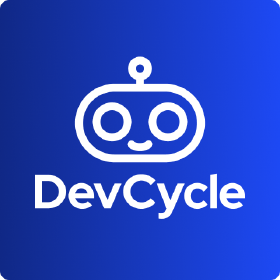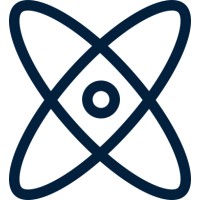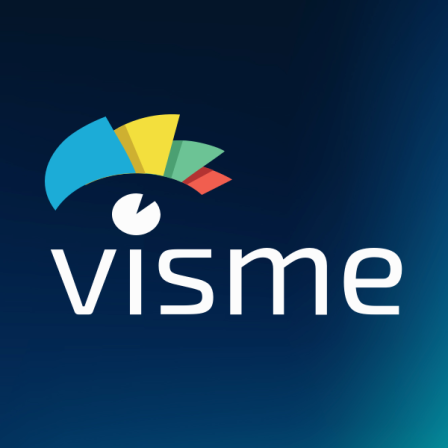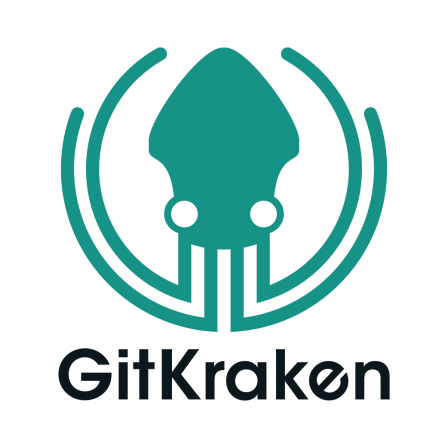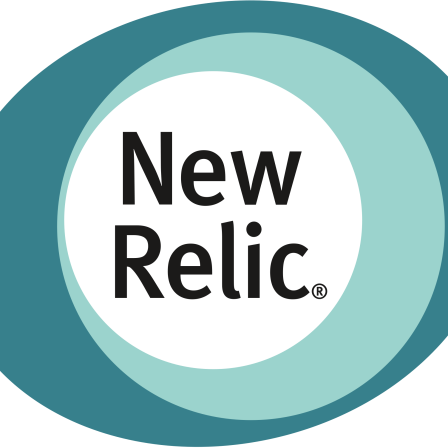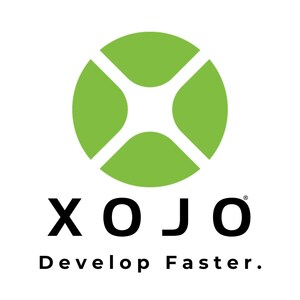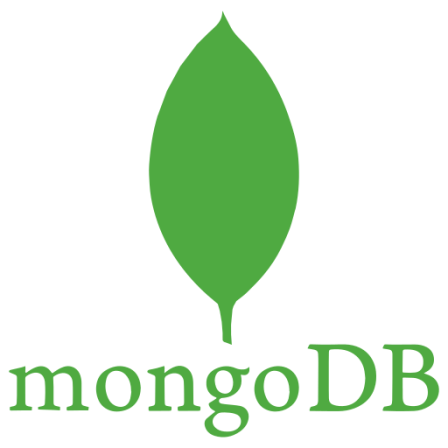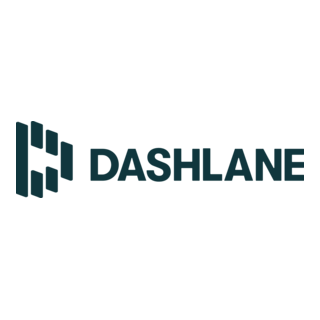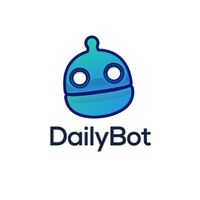There is no item in your cart
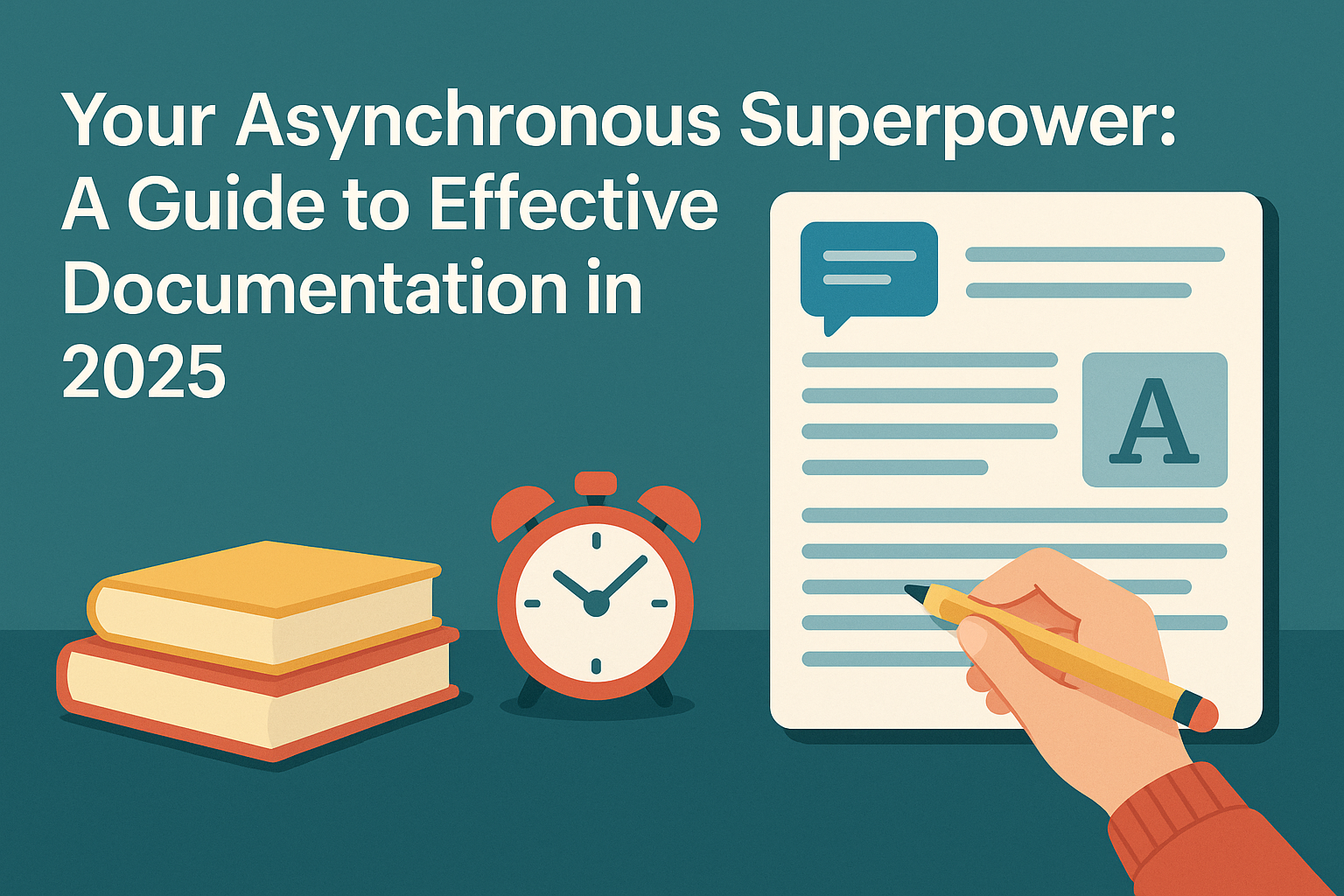
Your Asynchronous Superpower: A Guide to Effective Documentation in 2025
It’s 9 PM. You’re blocked on a critical task. The one person who knows the answer is in a timezone nine hours away, fast asleep. You’re stuck, and your project grinds to a halt until morning.
This scenario is all too common in today’s remote-first world. In a distributed team, you can’t just “tap someone on the shoulder.” Spontaneous communication is a luxury, not a guarantee. The single biggest killer of productivity is no longer slow code, but slow communication.
The solution is a cultural shift towards excellent, asynchronous work, with great documentation at its absolute core. But in 2025, “documentation” means much more than just a dusty, out-of-date wiki. This is your guide to building a living knowledge base that empowers your entire team to work smarter and faster.
Redefining “Documentation”: It’s an Ecosystem
Modern documentation isn’t a single document; it’s an entire ecosystem of information that answers different questions:
- The “Why”: Architectural Decision Records (ADRs) that explain why a technical decision was made.
- The “What”: Clear, interactive API documentation that’s always in sync with the code.
- The “How”: Well-written READMEs and onboarding guides that help new members get up to speed in hours, not days.
- The “Who & When”: A clean, descriptive Git history that tells the story of your project’s evolution.
- The Daily “What’s Happening”: A searchable log of daily progress and blockers.
The Modern Documentation Stack: Tools for Clarity
Building this ecosystem requires a modern toolkit where each tool serves a specific purpose:
- The Central Knowledge Base (Your Wiki): This is your team’s single source of truth for evergreen content like project plans, company policies, and in-depth guides. A tool like [Notion] is perfect for this, allowing you to create a beautiful, interconnected, and easily searchable workspace.
- Automated API Docs (The “Docs-as-Code” Approach): Your API documentation should never be a manual chore. It should live with your code. Use a platform like [Bump.sh] to automatically generate and publish beautiful, interactive docs every time you push an update to your OpenAPI specification.
- Visual Documentation (A Picture is Worth 1,000 Lines of Logs): Complex systems are often best explained visually. Use a tool like [Visme] to create and share system architecture diagrams, user flowcharts, and infographics that make complex ideas easy to understand.
- The Daily Record (The Automated Logbook): Don’t let daily decisions and progress updates get lost in the noise of chat channels. An asynchronous check-in tool like [DailyBot] automatically collects daily stand-ups and creates a searchable, written history of what everyone is working on, keeping the whole team aligned without a single meeting.
Three Habits for a Better Documentation Culture
- Write for Your Future Self: Assume the person reading your doc six months from now (it might be you!) has zero context.
- Document Decisions, Not Just Code: The code tells you how, but the documentation should tell you why.
- Make Documentation Part of the Workflow: Treat docs like you treat code. It should be part of the definition of “done” for any new feature or task.
Conclusion
In a remote, asynchronous world, your ability to communicate clearly through writing is your most valuable skill. Great documentation isn’t a chore; it’s an investment in your team’s speed, autonomy, and sanity. It’s your asynchronous superpower.
Building a great documentation culture requires the right tools. From creating your central wiki with [Notion], to automating your API docs with [Bump.sh], to visualizing complex systems with [Visme], the right toolkit makes all the difference. Explore the full suite of productivity and development tools at SMONE to empower your team’s asynchronous workflow.
